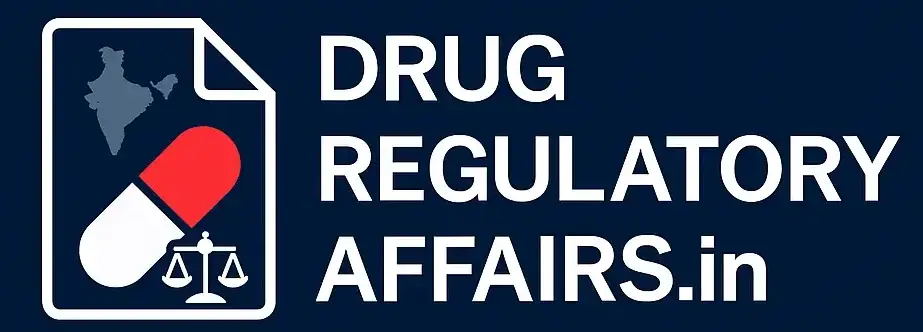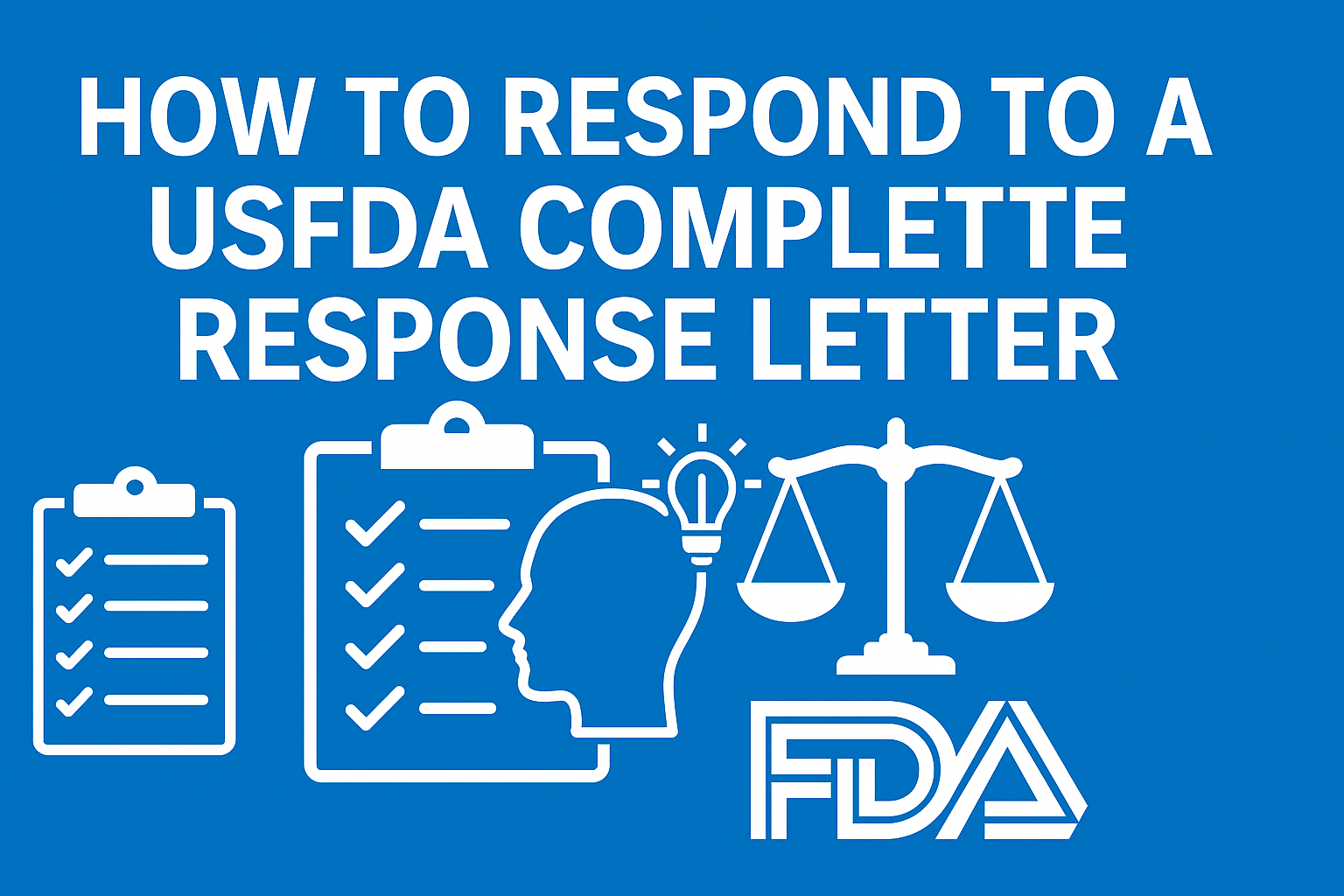How to Respond to a USFDA Complete Response Letter (CRL)
USFDA Complete Response Letter (CRL) is not a rejection—it’s a formal notification from the U.S. Food and Drug Administration (USFDA) indicating that an application for drug approval (NDA, ANDA, or BLA) cannot be approved in its current form.
Also Read: USFDA eCTD Submission Process – A Step-by-Step Guide
While this may initially appear disheartening, it’s actually a roadmap toward eventual approval.
Understanding how to strategically and effectively respond to a USFDA Complete Response Letter can be the difference between approval and long-term delay.
This detailed guide will walk you through every step of understanding, responding to, and overcoming a USFDA Complete Response Letter.
🔍 What is a USFDA Complete Response Letter?
The USFDA Complete Response Letter is issued by the FDA’s Center for Drug Evaluation and Research (CDER) or Center for Biologics Evaluation and Research (CBER) when a drug application has been reviewed but cannot be approved as submitted.
The letter outlines the deficiencies, recommendations, and next steps required before the application can proceed to approval.
Unlike a rejection, a CRL keeps the regulatory process alive, allowing the sponsor to make corrections and resubmit.
📩 When and Why Is a CRL Issued?
CRLs are typically issued at the conclusion of the FDA’s review cycle, either after a standard review (10 months) or a priority review (6 months). Common reasons include:
- Insufficient clinical efficacy or safety data
- Incomplete Chemistry, Manufacturing, and Controls (CMC) information
- Deficiencies in labeling or packaging
- Inspection failures of manufacturing sites
- Bioequivalence issues for ANDAs
🗂 Understanding the Structure of a USFDA CRL
A standard USFDA Complete Response Letter will include:
- A reference to the application number and product
- Clear details about deficiencies under various modules (CMC, clinical, non-clinical, labeling)
- Questions and recommendations
- Options: resubmission, appeal, meeting, or withdrawal
It may also recommend scheduling a Type A or Type B meeting for further discussion.
🧠 First Response Steps to a USFDA CRL
✅ 1. Cross-functional Review
Immediately involve regulatory, CMC, clinical, and legal experts to review the CRL line by line.
✅ 2. Schedule a Type A or B Meeting
Engage with the FDA through an official meeting to clarify ambiguities and agree on a way forward.
✅ 3. Conduct a Deficiency Analysis
Document every issue raised, determine the root cause, and outline the resolution strategy.
🛠 Preparing a Response to the USFDA Complete Response Letter
📌 Cover Letter
- Acknowledge receipt of the CRL
- Summarize the approach to addressing deficiencies
- Include regulatory contact details
📌 Response Table
| FDA Comment | Company Response |
|---|---|
| “Insufficient stability data” | Provided 12-month accelerated stability study results |
📌 Section-wise Responses
CMC: Include manufacturing validation, updated SOPs, and batch data.
Clinical: Provide new data, reanalysis, or justify existing results.
Labeling: Address inaccuracies and offer revised product inserts.
All content must be included in the appropriate eCTD format for resubmission.
🧾 Choosing the Right Resubmission Path
The FDA classifies resubmissions based on the scope of revisions:
| Type | Criteria | Review Timeline |
|---|---|---|
| Type 1 | Minor corrections | 2 months |
| Type 2 | Major corrections | 6 months |
Select your resubmission type based on the nature of the CRL.
📤 Submitting Your Response
Once prepared, submit the response via the FDA Electronic Submissions Gateway (ESG) in eCTD format, ensuring:
- All deficiencies are addressed
- Correct module and section references
- Updated documents are annotated and version-controlled
✅ Best Practices for Addressing a USFDA Complete Response Letter
- Be concise but thorough
- Stick to scientific justifications
- Include all requested documentation
- Keep correspondence professional and cooperative
🚫 Common Pitfalls to Avoid
- Ignoring minor requests in the CRL
- Delaying response timelines
- Submitting incomplete or inconsistent data
- Failing to confirm corrective actions at manufacturing sites
📈 Case Studies
- Mylan’s Generic Application: Received a CRL due to incomplete CMC data. Success came after a robust Type 2 resubmission.
- AstraZeneca’s CRL: Required post-marketing commitments, labeling revisions, and a minor clinical trial.
These examples highlight the importance of strong documentation and communication.
🧩 Long-Term Strategies to Avoid Future CRLs
- Schedule early Pre-IND and Pre-NDA meetings
- Invest in robust documentation practices
- Perform internal audits and mock inspections
- Stay updated with current FDA guidance
🔚 Conclusion
Receiving a USFDA Complete Response Letter may delay your drug approval, but it also offers a chance for course correction.
With a strategic plan, accurate data, and open communication with the FDA, most deficiencies can be corrected efficiently.
A well-executed response not only resolves immediate issues but can also strengthen your credibility and compliance posture in future interactions.

